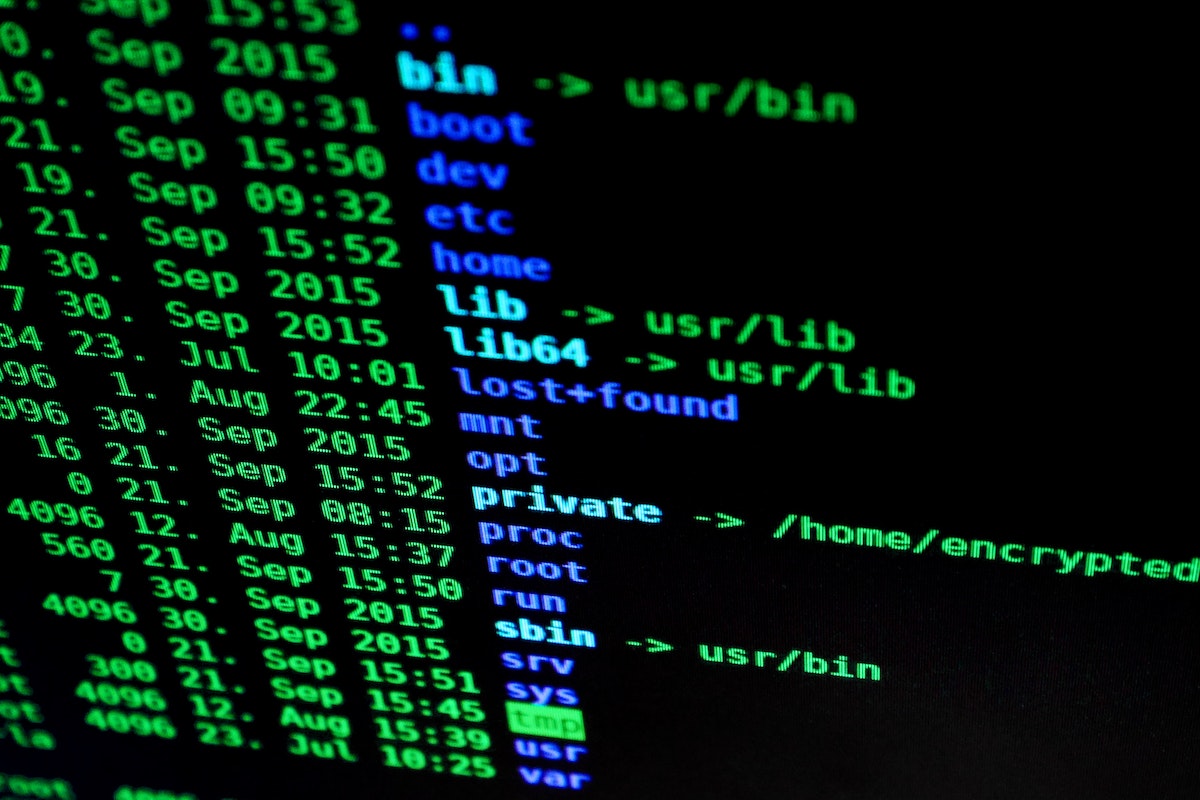Malware is the disease of computers, smartphones, and other digital technologies. Often used and distributed by hackers and cybercriminals, different kinds of malicious software manage to infect the information systems we enjoy, to damage and exploit them in a preferred way.
The key to battling trojans, worms, and infamous viruses lies in a basic understanding of how these tools function. While malware is not as rampant as it was at the beginning of the XXI century, viruses that manage to infiltrate our digital devices are far more complex and secretive than in the past.

In this article, you will learn about malware: its types, what damage it can do, and what are the ways, tools, and preventive measures you can take to stop the potential mayhem, sabotage, and destruction. For example, to stop viruses from entering your computer or network in the first place, you can buy HTTP proxy from reliable providers in the growing cybersecurity market. To learn more about these powerful tools and their use cases click here. Even while the use of intermediary servers is effective and stops malware, there are many reasons to buy an HTTP proxy and customize your browsing experience.
Malware Identification
Most internet users refer to all malware as viruses, but it is only one of the types that can infect your electronic device. Malware is a collection of harmful software, usually distributed over the web unless a cybercriminal manages to reach your devices and servers for a physical injection
In reality, computer malware should be synonymous with a biological weapon, but for computers, instead of a natural disease. Here you will learn about the most popular versions of malware, with some being present on many devices around the world without the owner’s knowledge.
Adware and CryptoJacking
Let’s start with sneaky little parasites that sneak into our devices to syphon away our attention and resources but avoid any noticeable damage. The goal of adware is not destruction but the functionality of a parasite that infects and alters the system to transfer a part of its value to malicious distributors.
Internet users that lack technical knowledge take the dip in device performance as an aging, a consequence of prior damage, or rarely pay attention at all. The truth is adware and cryptojacking take over your browsing experience: websites start to show more ads than intended, searches redirect to unauthorized search engines, and the program itself consumes more resources, usually a consequence of added BitCoin or other cryptocurrency miners.
While these types of malware do not yield instant, powerful games, the distributors choose to play the long game – prey on new inexperienced users or seniors that struggle to adapt to frequent use of technology in the first place.
Digital Trojan Horses
Malware with arguably the best name, trojans were named after the infamous trojan horse that was used to sneak in soldiers that sacked the city of Troy. Trojans have no way of sneaking into the devices by themselves, but when a gullible internet user falls for the bait, usually in the form of a free application on the internet, chaos ensues – all the information stored on a device can be duplicated to crash the system, stolen, or deleted.
Keyloggers
Finally, something that feels like straight out of a spy movie! When keyloggers find themselves on your device, the power only depends on the software. Great hackers can create keyloggers that record your every keystroke, mouse movement, audio, and video recording, location tracking, and more! Make sure to avoid suspicious downloads on the web, or you may give up crucial private information to a cybercriminal through a keylogger.
Computer Viruses
The goal of a digital virus is the spread of deletion, falsification, and replication. When a digital virus comes in contact with the devices, it infects the surrounding information and causes mayhem on the device.
Ransomware
The big guns, only designed and used by most experienced hackers, ransomware can sabotage, disrupt, destroy, and even lock out the owners of their devices until a ransom is paid. Modern businesses that have local area networks and many digital devices have to take care of company cybersecurity and close any vulnerabilities to prevent ransomware attacks and data leaks.
Tools and Solutions to Stop Malware
Most digital security problems are a consequence of closed-code software. When hackers find an operating system vulnerability, all the users are at the mercy of cybercriminals until a fix is implemented. You can eliminate most malware threats by running the safest Linux distributions on your devices. Not only are the structure of filesystems and privileges very secure, but any threat that opens up can also be fixed extremely fast by dedicated teams of developers. When the code of a system is open, anyone can contribute to making sure no stone is left unturned.
As for external tools, we recommend choosing HTTP proxies. They will act as powerful, flexible, and accurate performance filters that stop viruses from entering your network. Use a secure system and get your IPs from reliable proxy providers and malware will never bother you or your device.